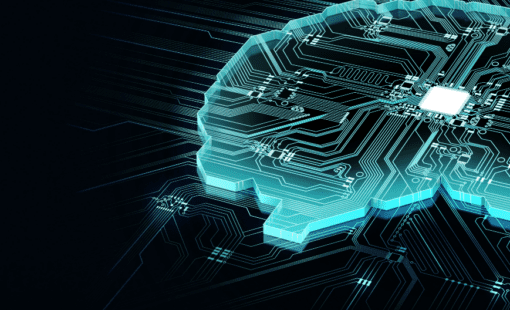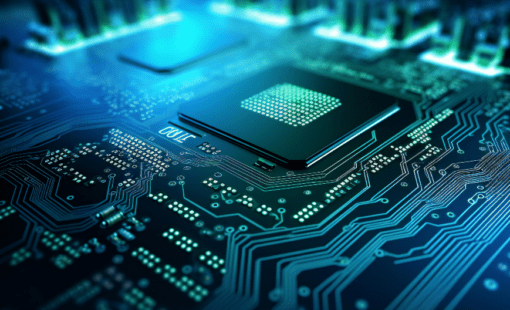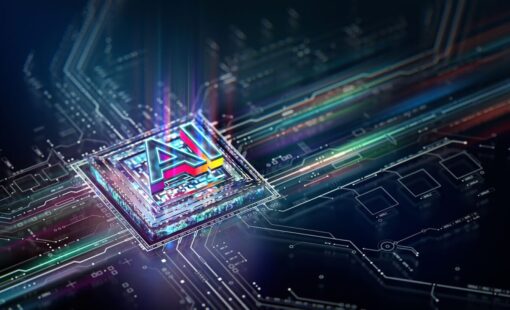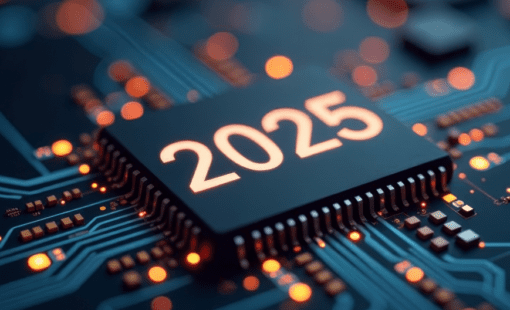Like many industries, PCB design is facing a significant challenge: a shortage of skilled layout engineers. This gap isn’t just a temporary setback; it’s reshaping the way the entire field approaches PCB design, and it’s prompting an intriguing solution – the integration of artificial intelligence (AI).
Traditionally, PCB layout has required a specialized skill set that includes both technical proficiency and creative problem solving. However, the current shortage of trained professionals in this field is forcing companies to rethink their strategies. More engineers with limited PCB layout experience are now contributing to the field. This shift requires tools that can help close the knowledge gap and allow these engineers to focus on the aspects of design at which they excel – innovation and engineering.
Is AI in PCB Design the Answer?
This is where AI technology offers a promising solution. By automating the more mundane and tedious aspects of PCB layout, AI can free up human engineers to focus on the creative design challenges. This approach not only compensates for the lack of specialized skills, but also increases productivity and innovation.
Implementing AI in PCB design isn’t straightforward. The complexity stems from the nature of the data involved in PCB layouts, which is multimodal-including text, numerical values, geometric shapes, and hierarchical structures. This diversity makes it difficult to develop AI models that can effectively handle and interpret such a wide range of data types. Moreover, unlike the vast copy available for training language-based AI models (such as those used in chatbots), the data available for PCB designs is relatively limited, posing a challenge for training robust AI systems.
Innovating with the AI Place and Route Tool
In response to these challenges, our innovative AI-based tool, the “AI place and route tool,” marks a significant step forward. Unlike traditional tools that often treat design processes in isolation, this AI tool approaches PCB design holistically, mimicking the thought process of a human designer. This method ensures that every decision made by the AI considers the overall design and its implications, leading to more efficient and effective layouts.
The roadmap for this AI tool is particularly exciting. Future developments will include training the AI with customer-specific data, which we call “Dynamic Brain”. This stage allows the tool to learn from a variety of real-world applications, improving its accuracy and adaptability. The ultimate goal, however, is the “Autonomous Brain” – an AI that can learn, explore, and even innovate in PCB design on its own. This stage holds the promise of not only replicating human capabilities, but potentially surpassing them, leading to new techniques and advancements in PCB design.
Learn more about how to leverage AI at Zuken Innovation World, where Kyle Miller will present an overview of the state of the art in AI and the challenges of its use in engineering applications.
Conclusion
The integration of AI in PCB design is not merely a trend; it’s a strategic response to the evolving challenges within the industry. As we move forward, the synergy between human designers and AI tools will likely redefine the norms of PCB layout, making it more efficient, creative, and innovative. This evolution also underscores the need for continuous learning and adaptation among engineers, ensuring that they remain at the forefront of technology and design practices.
Use our blog and webinar to discover how you can “Harness the Power of Artificial Intelligence for PCB Design” for your business.

- Blog
With the release of ChatGPT, artificial intelligence, has become a topic that has stirred many emotions. On our blog we're exploring whether AI could one day be used to support Zuken's core business of solving complex design challenges such as PCB layout and routing.

- Blog
The interplay of electrical, mechanical, and thermal considerations, requires precise component placement, signal integrity optimization, and power distribution while navigating space constraints and ensuring manufacturability.

- Blog
With the advent of Artificial Intelligence (AI) and machine learning technologies, a new generation of AI-based tools is poised to take over the complex task of placing and routing a PCB design

- Products






